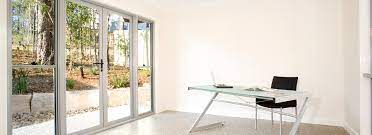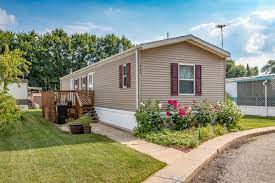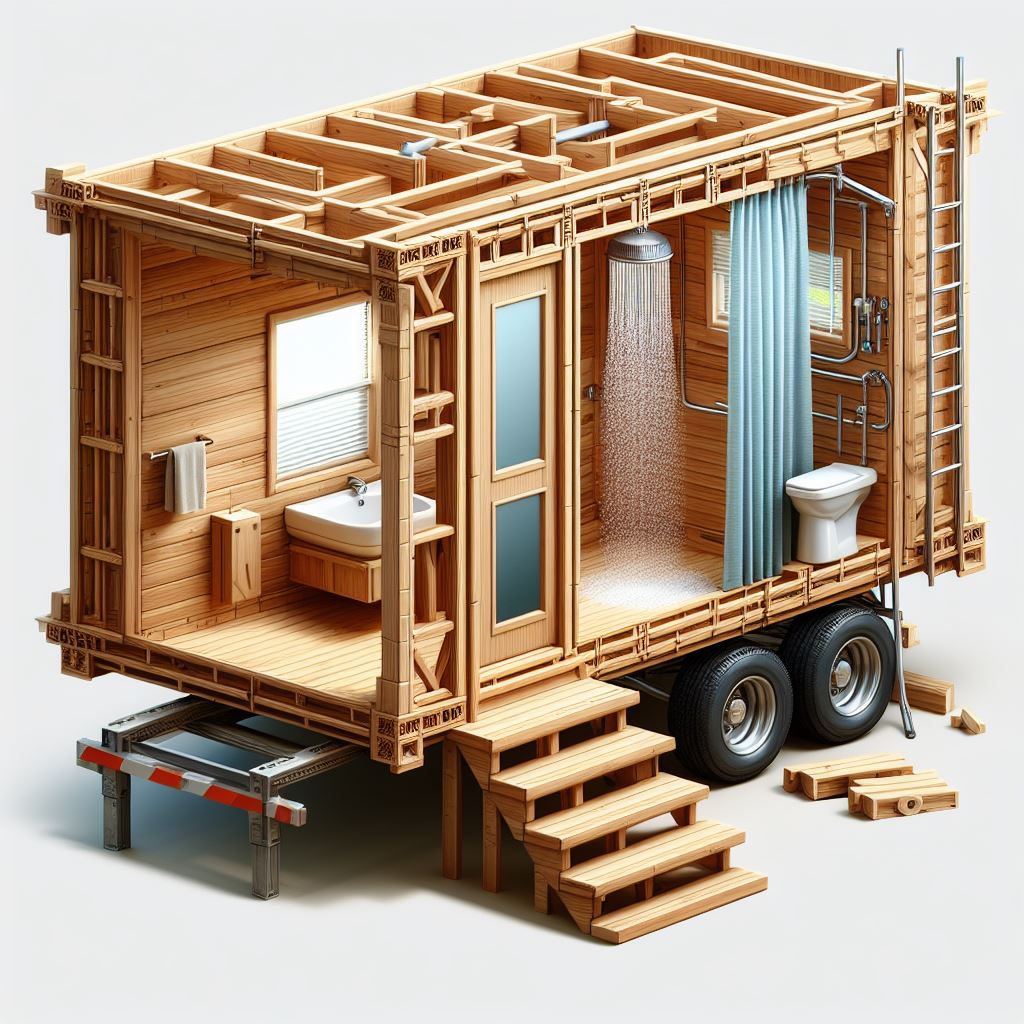Can you Use a Woodstove in a Tiny Home?
Yes, absolutely! A tiny home woodstove is efficient, functional, and easy to use! They provide much-needed warmth, character, and independence from more conventional energy sources.

There are some vital considerations to take into account for safety and efficiency.
Firstly, yes, size does matter. Within a small area, tiny homes require a woodstove that fits without overpowering the room.
On the second note, power output is another key consideration. An oversized woodstove in terms of power could easily overheat a small space.
It is important to finally consider the safety aspect such as maintaining proper clearance from walls and combustibles, using heat shields, and ensuring adequate ventilation.
In any case, they can be an excellent choice if chosen and installed properly.
Different Woodstove Options for Tiny Homes
When choosing a woodstove for your tiny home, it’s essential to pick one that fits your space and meets your heating needs.
Here are three excellent options that are perfect for tiny homes, along with some considerations for each:
(TinyRoam.com is not affiliated with any links below!)
The Cubic Mini Wood Stove
The Cubic Mini is a favorite among tiny home owners for its compact size and efficient heating. Measuring just 11″ x 12″ x 10.5″, it can easily fit into small spaces without sacrificing performance. It’s designed to heat spaces up to 200 square feet.
The size of this stove makes it ideal for smaller tiny homes or for use as a secondary heat source.
Special consideration: Ensure proper clearance and use of heat shields, as the compact design can make placement challenging in very tight areas!
The Kimberly Stove
The Kimberly Stove is known for its high efficiency and eco-friendly design, making it an excellent option for tiny homes focused on sustainability. This stove is tall and narrow, allowing it to fit into corners or tight spaces while still delivering significant heat output.

It’s designed to heat spaces up to 1500 square feet, but its efficient burn system allows it to be used comfortably in much smaller areas without overheating.
Special consideration: Due to its high efficiency, the Kimberly Stove may require a bit more maintenance to keep the airflow and burn system operating smoothly.
Dwarf 3kw Wood Stove
The Dwarf 3kw is a versatile option with a traditional aesthetic that appeals to many tiny house owners. It’s a bit larger than the Cubic Mini but still small enough to fit comfortably in most tiny homes.

This stove offers multiple installation options, including top or rear flue exits, which provide flexibility in tight spaces.
Special consideration: The Dwarf 3kw is known for its efficiency, but it requires a bit more installation planning, especially regarding ventilation and exhaust setup.
In summary, these woodstove options are well-suited for tiny homes, each offering a balance of size, efficiency, and heating capability. When selecting the right stove, consider your space, climate, and heating needs to ensure you choose the best option for your tiny home.
(P.s. See our article on mobile & tiny home showers here!)
How to Set Up a Tiny Home Woodstove
The installation of a woodstove in a tiny house requires careful planning and exact execution to provide comfort, safety, and efficiency. Here is a step-by-step guide to help you get up and running:
Choosing the Right Location

An extremely important factor is the location of the woodstove. You need to provide enough clearance from walls and other combustible materials, so you’ll want to find an area with sufficient space.
Most people choose a corner since it provides the maximum space while keeping the stove accessible. Ensure that the location also allows proper routing for the flue or chimney to the exterior.
Install a Heat-Resistant Base
Tiny homes almost always have wooden flooring, so you will need to install a heat-resistant base underneath your woodstove. Tile, brick, or stone work well for this.
The base should extend out from the stove in all directions, protecting your floor from radiant heat and any stray embers that may spit out when you’re loading wood.
Install Heat Shields
Since space is minimal in a tiny home, the woodstove will be much closer to walls and furniture than it would be in a regular home. Because of this, installing heat shields on the walls and around the stove is a critical step.
Heat shields can be made from metal or other fire-resistant materials and will prevent heat damage while reducing the required clearance between the stove and the walls.
Flue and Chimney Tiny Home Woodstove Installation
This section is highly important!
A properly installed flue and chimney system is essential to direct smoke and gases outside. The flue should consist of double or triple-walled insulated pipe to maintain safe temperatures.

It’s important to follow the stove manufacturer’s recommendations on height and positioning to ensure the flue exits your home safely, at a proper distance from the roof and other structures.
This is very important to consider when you build or add an addition to your time home! You will need space to install proper exhaust!
Proper Woodstove Ventilation In a Tiny Home
Woodstoves consume oxygen while burning, so your tiny home should include appropriate ventilation. Installing a fresh air intake or ensuring there’s a way for air to enter the home without compromising insulation can help achieve this.
This is especially important in well-sealed tiny homes where air exchange may be limited.

Testing the Woodstove Arrangement
Before you start using your woodstove regularly, make sure it’s working properly by thoroughly testing it. This includes checking for flue leaks, ensuring even heating without overheating, and confirming that smoke is being properly vented outside. Adjustments may be necessary to optimize performance.
This guide will walk you through the steps needed to set up a woodstove in your tiny house, ensuring a cozy and warm environment during the colder months.
Woodstove Daily Usage, Maintenance, and Fueling
Running a woodstove in a tiny home will require some daily attention to keep it running smoothly and efficiently. Each day should start with ensuring that the stove is clean and that there is no excess ash.
Maintenance
Routine maintenance helps keep the woodstove in top condition. This includes frequent inspection for creosote accumulation on the chimney and flue, which should be cleaned out periodically to prevent blockages or even chimney fires.
Also, inspect the seals and gaskets to ensure they are tight and free of leaks, as leakage can reduce efficiency and increase the risk of smoke entering the living space.
Regular removal of ash not only improves efficiency but also prevents blockages in the airflow, which can affect combustion and, therefore, safety.

Fueling Your Tiny House Woodstove
In terms of fueling, make sure to use properly seasoned wood. This type of wood will burn more efficiently and create far less creosote, a by-product of combustion that can collect in the chimney and become a fire hazard.
Load the woodstove carefully to avoid overheating, which can be quite a problem in the small space of a tiny home.
Follow these daily use and maintenance practices for your woodstove, and you’ll keep both it and your tiny home safe, warm, and comfortable.
Head back to TinyRoam.com home!




